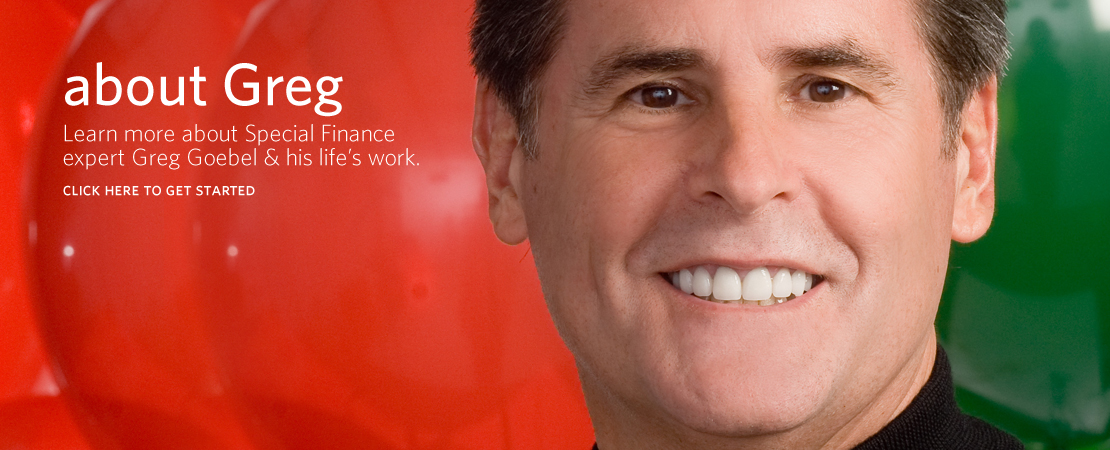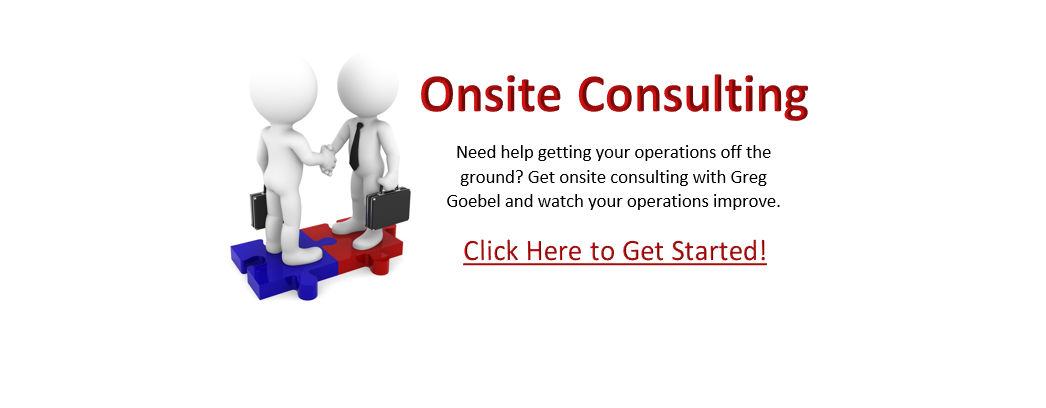When you build a house, you start with the foundation. What happens if you don’t have a good foundation? The house falls down. Spending advertising dollars without the foundation in place will have the same results. Be sure you have all of the tools necessary to be successful if a flood of clients hit your door as a result of advertising.
Setting appointments – Have you trained your personnel how to handle questions over the phone? Phone scripts are a great tool.
Without perfecting this process, you will never see the customer. Recently, I was in a store and heard the sales person discussing the monthly payment, down payment and vehicle options on the car over the telephone with the potential customer. If your personnel give the customer all of the information over the telephone, the buyer never has to visit your store, eliminating you as an option sight unseen. The next dealer that has trained people that say, “Yes, when can you come to see us?” gains the edge.
Proper Inventory – Do you have a good mix of vehicles in every payment range?
When you advertise a sale, be sure you have a good mix of inventory. Another store I recently visited had a client walk in looking for a vehicle; the bank had approved it on a 110 percent advance plus ttl up to 130 percent and a payment call of $350 with a $995 fee. The dealer did not have a vehicle that would fit in the approval guidelines of the bank and had to send the customer home. Inventory is the key. Don’t short sell yourself. Have the inventory it takes to make deals.
Buying inventory for special finance is a tall order in today’s market. Use the rule that you want to have inventory on the front line at $1,000 back of average trade or more than $1,000 back. Here are some buying tips I have learned through the years. Two-wheel-drive vehicles bring less in the northern market – they get snow and don’t want two-wheel–drive vehicles. Four-cylinder trucks or base six-cylinder trucks with manual transmissions and long wheel base trucks in undesirable colors are usually a good bet in the auction lane and can fit into the special finance inventory mix. As for the economy cars, it doesn’t hurt to have one that has a dent or two, base models with no power windows, etc. Also watch for the top-of-the-line models; they usually book for a lot more than what the auction price is. Those LX models and SES models have a lot of options and a large book, but usually you can sneak up on these units and make a good buy.
Closing that tough customer – Do you have a set of closing techniques to use on the hard–to-satisfy customer?
Remember, when a customer asks for a $300 payment on a $25,000 vehicle, you can’t do it and neither can the dealer down the street. This is time to educate the customer and sell them on the idea that what they are asking for is impossible for any dealer to do. With this situation, you are selling against reason, and to win in this situation, you must convince the customer that they need to give up the “ideal” unit notion and show them what their budget will buy.
Don’t be afraid to pull out that NADA book and go shopping. The NADA book has every year, make and model available for sale in the United States. Let the customer pick out vehicles they like; then give them the payment and down payment. Through this process, the customer will realize what is possible and what is not.
These points are the ones I see missed many times in the stores I visit. Advertising is key, but having the right processes, trained personnel and inventory will make you or break you. Be sure – before you advertise a big sale – that you have everything in place. If you don’t, you may not show a favorable return on your investment.
To register to attend a Special Finance SuperCharged workshop or training with Greg Goebel, click here.




